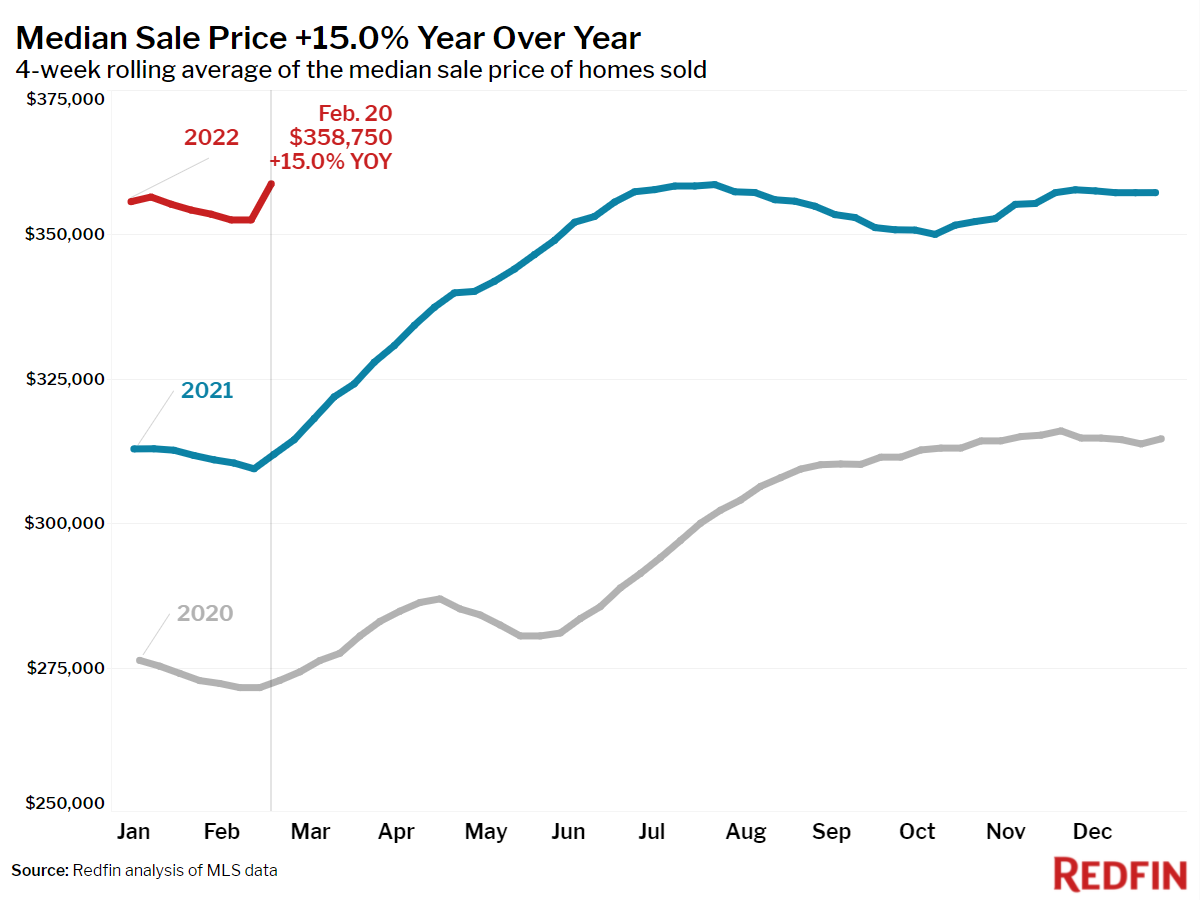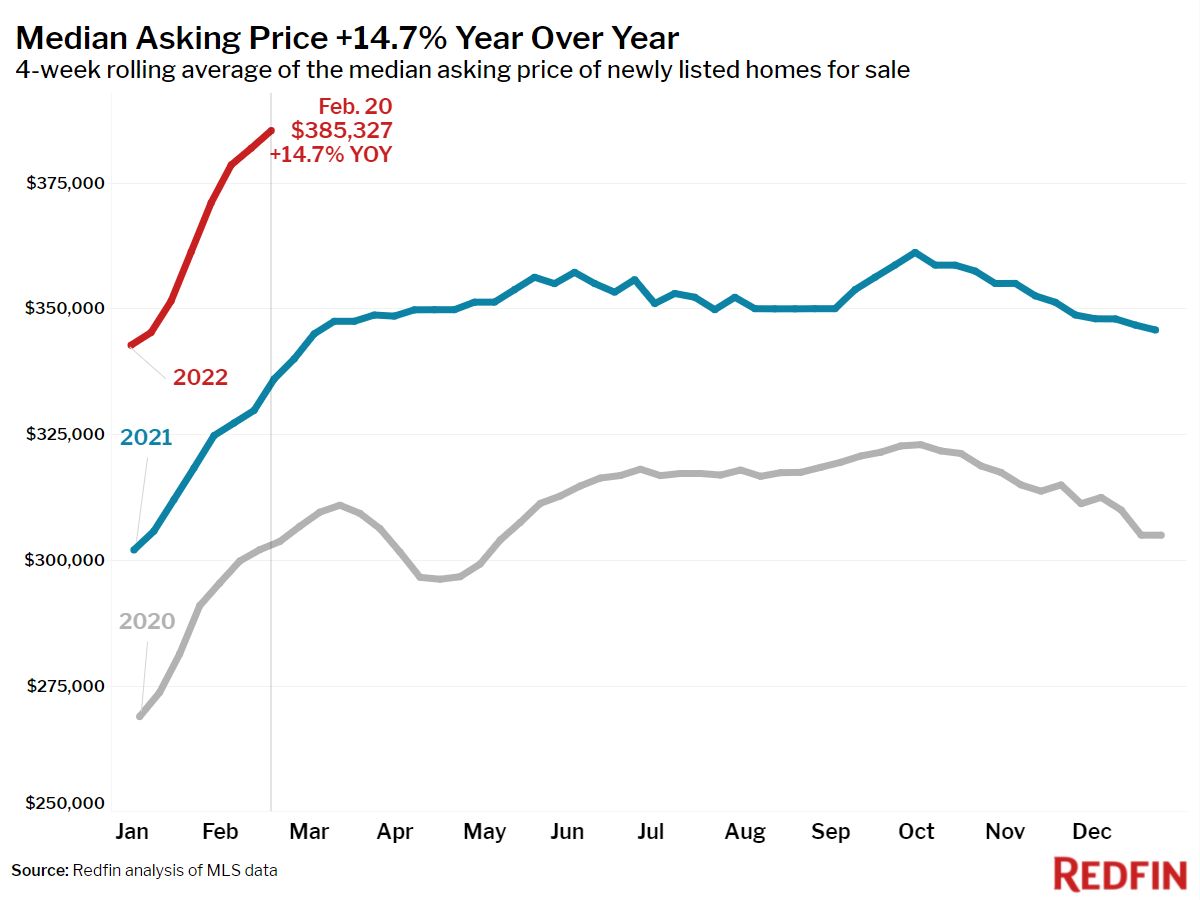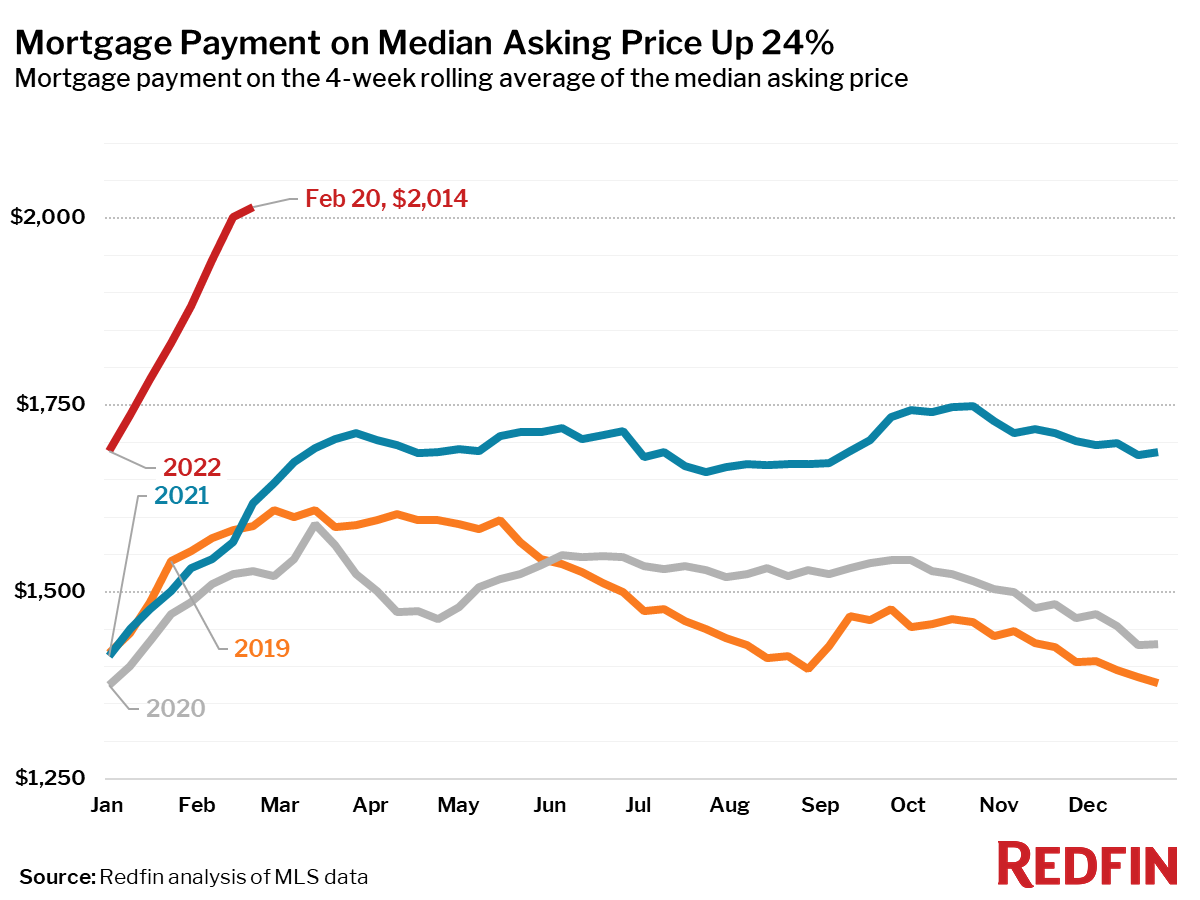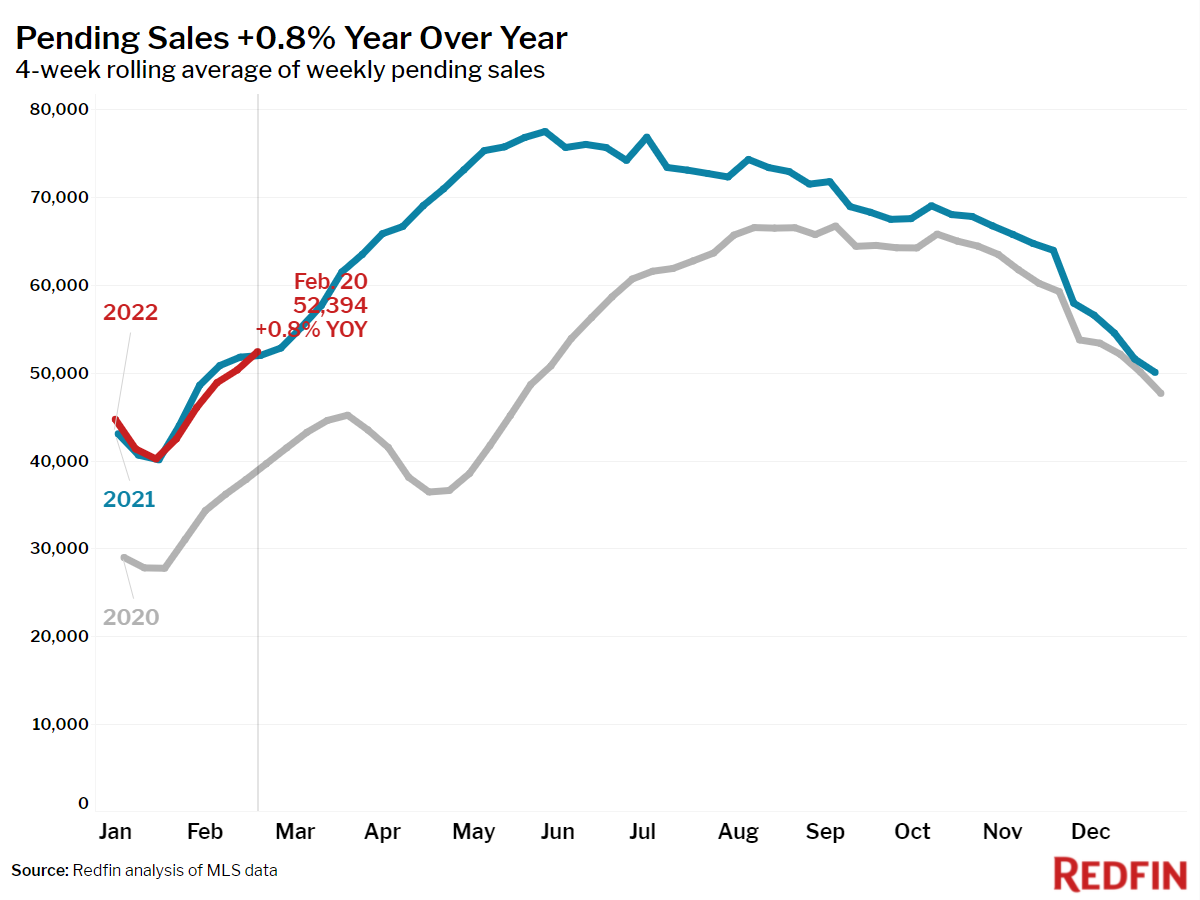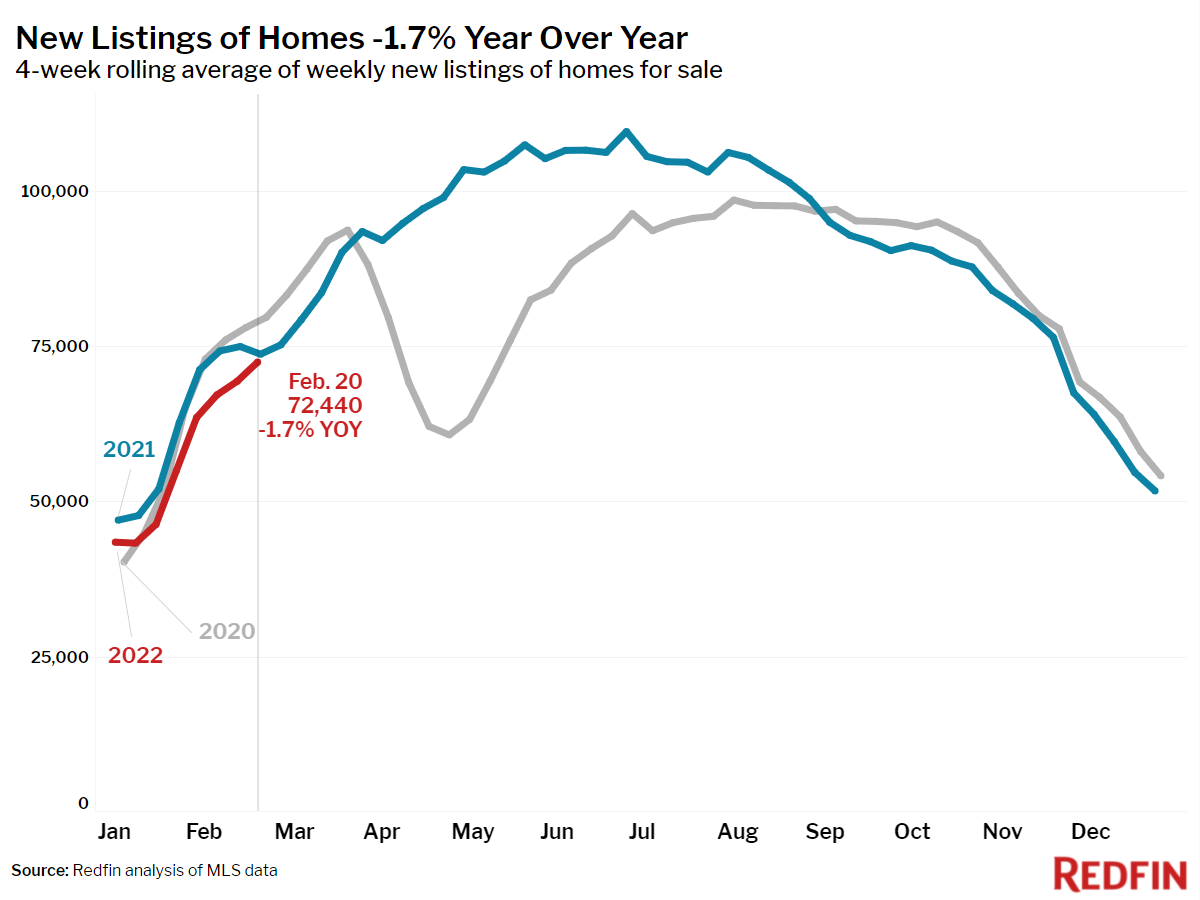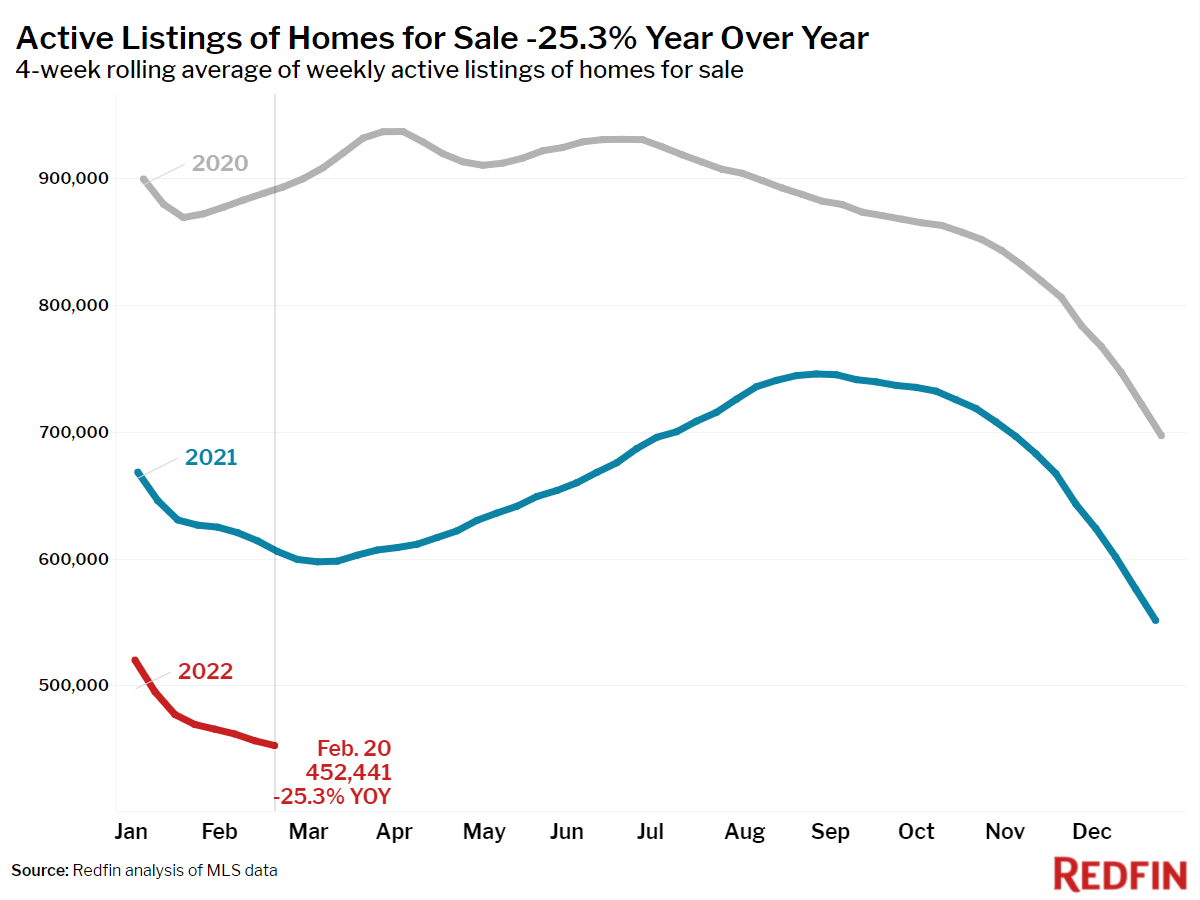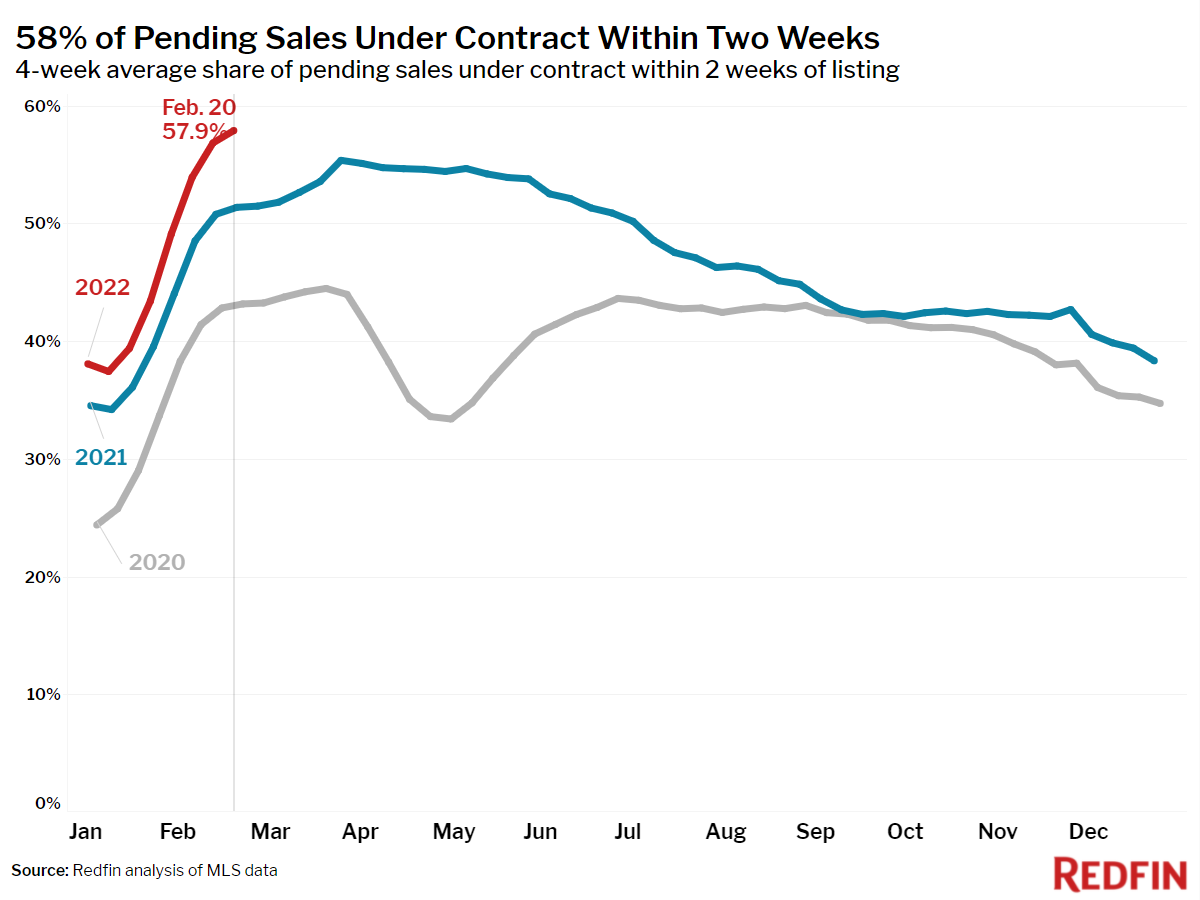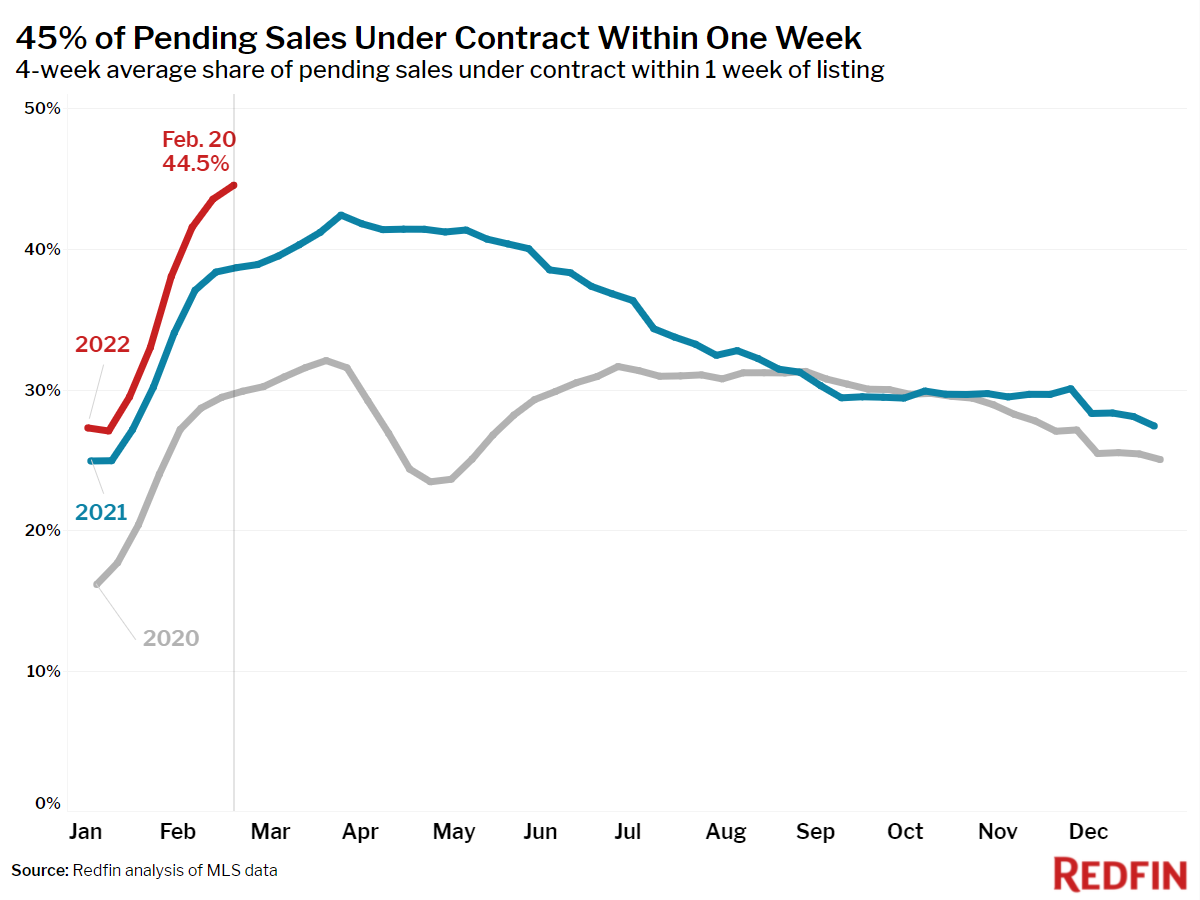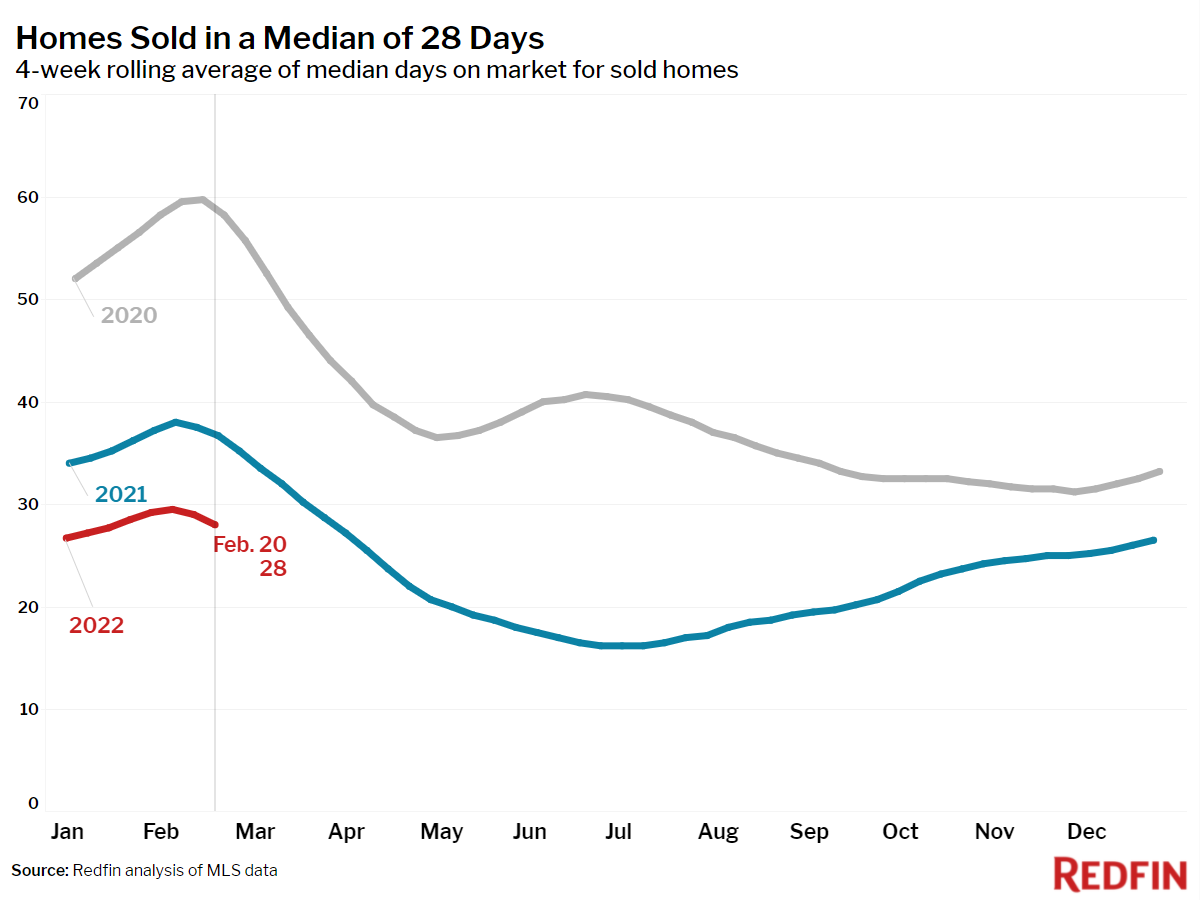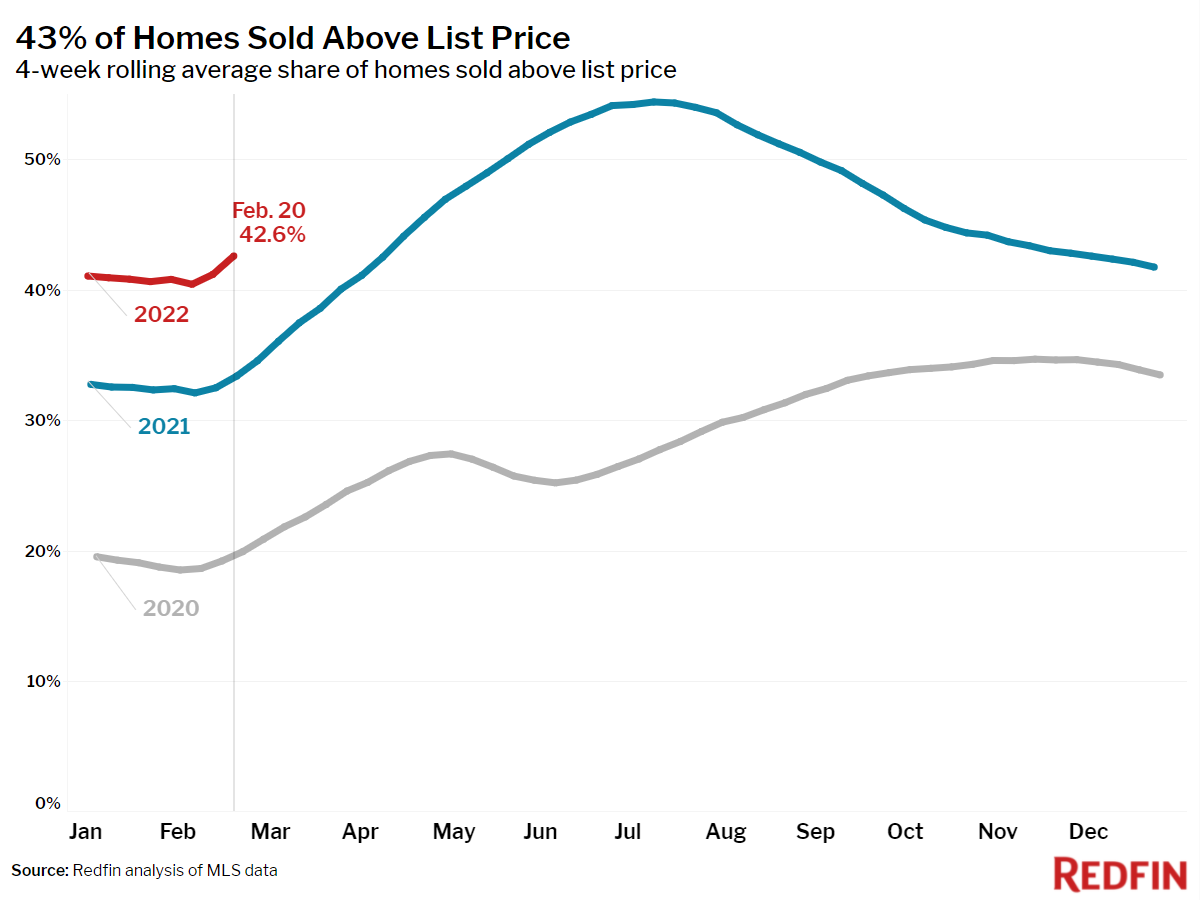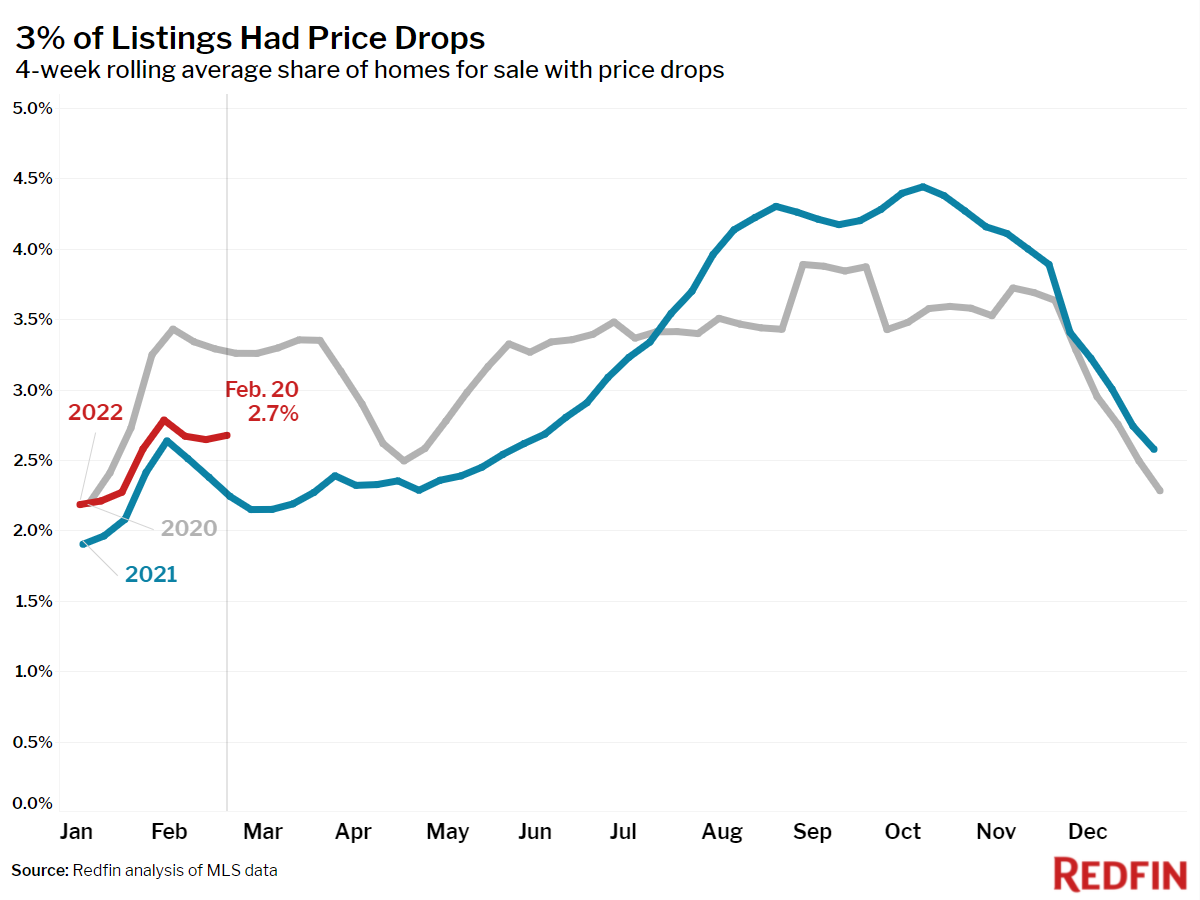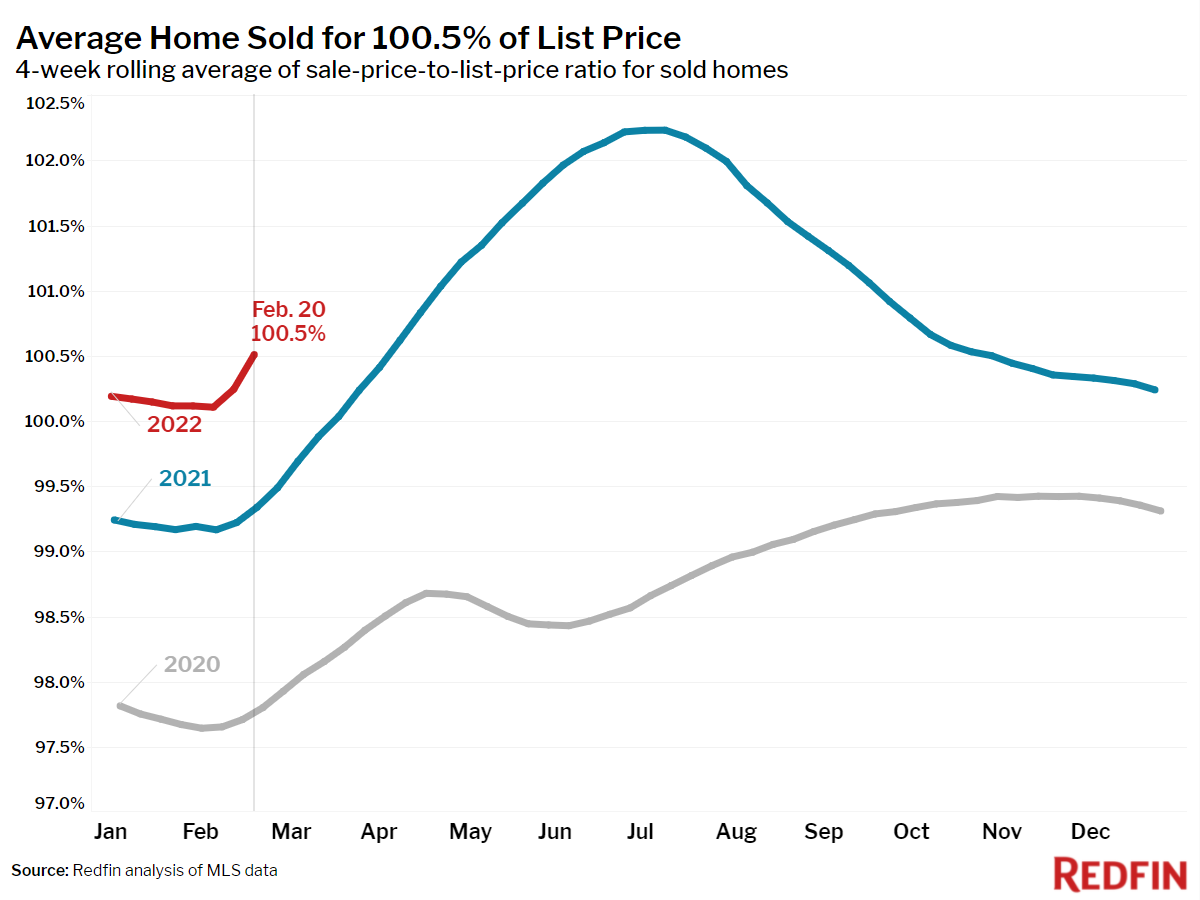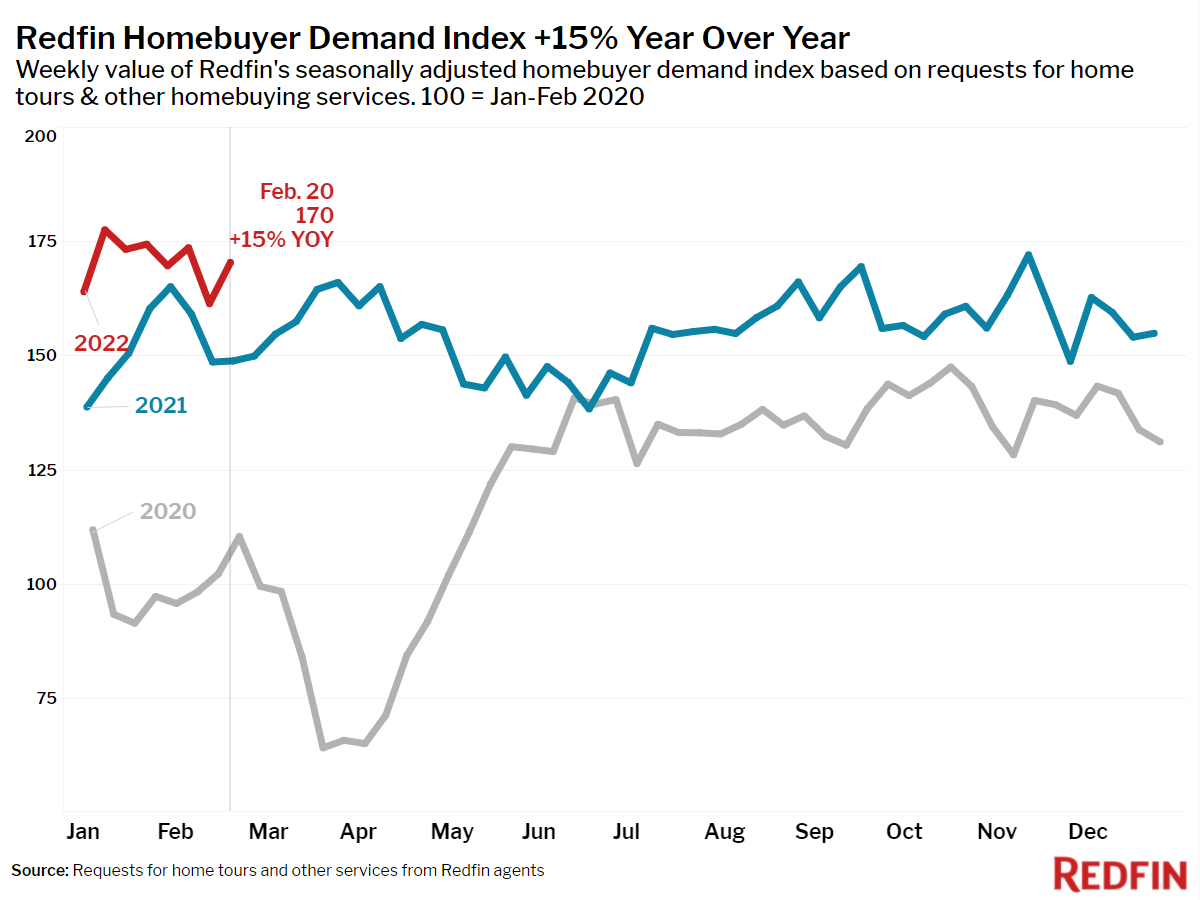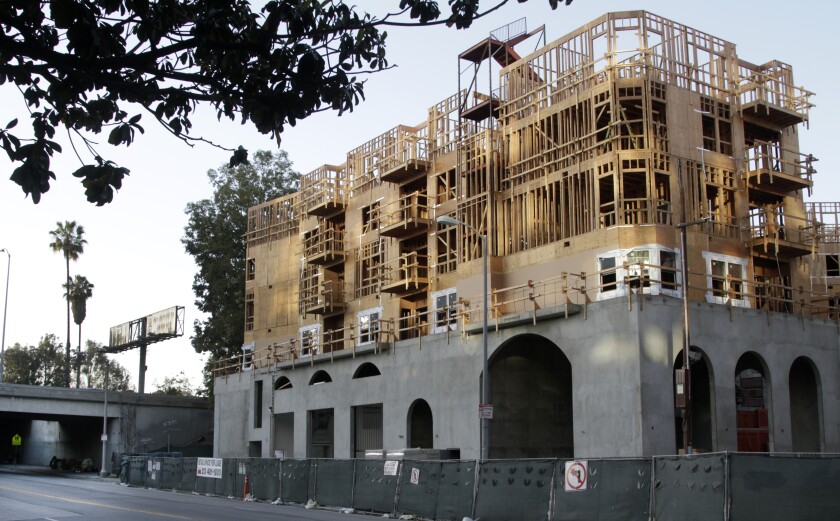For Original Article – https://wehotimes.com/weho-city-to-consider-development-of-covid-19-time-capsule/
March 16, 2022, marks two years since the City of West Hollywood declared a local state of emergency in response to the COVID-19 health crisis. To commemorate the events in the past two years, City Council will consider partnering with the West Hollywood Library to develop a digital COVID-19 time capsule. The goal is to capture the experience of living through the pandemic, including remembering the lives that have been lost, and the changes we made to the way we live and work.
On Monday, March 16, 2020, the City began following the guidance of the Los Angeles County Department of Public Health, California Department of Public Health, and Centers for Disease Control and Prevention. In an effort to control the virus and slow the spread, the City implemented restrictions on public gatherings and required individuals to stay at home, except for grocery shopping, exercise, and necessary activities.
A city staff report reflects on the past two years since the local emergency and Safer At Home Order went into effect. There were the quarantines, mask mandates, COVID tests, working remotely, vaccines, business shutdowns, and re-openings. Many people faced health issues, served as caretakers for others, or lost loved ones. Over 9 million people in Los Angeles County have had COVID-19 and there have been over 87,000 deaths. In West Hollywood alone, there have been over 7,500 cases and over 60 deaths.
“Every one of us has been impacted by this pandemic. It has defined a specific moment in history,” reads the report. “The experience of the COVID-19 pandemic has been unique to each individual, based on their own risk factors, health, and family and work situation, but it has also been a collective experience that has brought the community together in some ways as we support each other in navigating this new normal.”
Item 2.Q. in the agenda for the next regular city council meeting on Monday, March 21, 2022, provides direction to staff to partner with the West Hollywood Library to develop a digital COVID-19 time capsule to commemorate the experience of living through the past two years of the pandemic. The goal of this project is to document the personal experiences of people in West Hollywood as they have faced this historic crisis, public health emergency, and changing way of life.
Similar digital time capsule programs were established by the California Historical Society and the Los Angeles Public Library. The proposed time capsule would be specific to West Hollywood to highlight our community’s particular experience.
In February 2021, the City of West Hollywood issued a COVID-19 Retrospective Report to provide a comprehensive account of the cumulative actions taken by the City of West Hollywood between March 16, 2020, and December 31, 2020, to respond to the COVID- 19 crisis. These actions included steps to foster business continuity, meet the needs of the community, and implement ongoing safety measures throughout 2020. This Retrospective Report may also be a useful resource to include in the time capsule as a reminder for how the City handled this particular public health emergency and a case study on how the City should prepare for any future crises.
/cdn.vox-cdn.com/uploads/chorus_image/image/70609518/2020_08_07_Madeo_022.0.jpg) A simple pasta from Madeo.
A simple pasta from Madeo. :no_upscale()/cdn.vox-cdn.com/uploads/chorus_asset/file/23299015/Madeo_Ristorante_West_Hollywood_Italian_Restaurant_Vietina_Family.jpeg) The Vietina family Madeo
The Vietina family Madeo